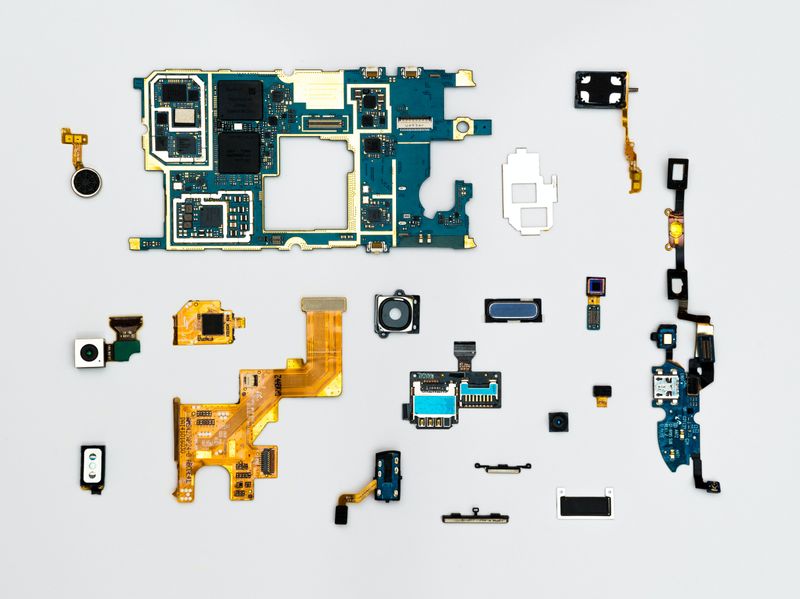In Kenya, smartphones are expensive, with the cheapest priced models costing between Ksh10,000 ($73) and Ksh15,000 ($109). With an average monthly income of Ksh20,123, this prevents millions of citizens from accessing smartphones.
The nation's efforts to introduce smartphone manufacturing capabilities appear to be well underway. Eliud Owalo, the cabinet secretary for information and communications technology and the digital economy, revealed in an interview that Kenyan telecom providers Safaricom, Jamii Telecom, and Airtel had joined forces with the government to manufacture smartphones locally for Ksh 5000 ($40)
“The cheapest smartphone in Africa would be produced in Kenya in the next eight to twelve months”, according to a campaign pledge made by President Ruto to the Kenya National Chamber of Commerce and Industry (KNCCI) Annual General Meeting (AGM) on November 10, 2022
Cost increase
The cost of smartphones has increased as a result of numerous market and economic factors. Due to the recent global shortage of semiconductors as well as the dollar exchange rate, component and part costs have surged. The Finance Act of 2022 further increased expenses because it required the government to propose an additional 10% import tax on top of the existing 25% import fee.
“It is not a question of trying out your luck. It is a feasible, bankable proposal that is in place. The feasibility study has already been done. That is what is informing the cost proposition that is envisaged. The market demand, envisaged cost of production, as well as the envisaged profit levels by the Telcos have been assessed, "remarked Owalo
Nokia smartphone plant
HMD Global, which now owns the naming rights of Nokia, has also revealed plans to open an assembly plant in Kenya. HMD Global's Senior Business Manager for East Africa, Gopher Ogembo, announced that the company was in the process of establishing assembly plants in Kenya with its partners.
HMD Global's Nokia phones varied from low-cost smartphones to high-end handsets. However, the business failed to conquer the flagship market, which was already controlled by Apple and Samsung. Although the "nostalgia" formula did not work for that market, HMD Global did not abandon the strategy. Over the years, for example, it has attempted to resuscitate former successful gadgets with a few adjustments to fit into the contemporary market. For example, it resurrected the 3310, the Banana Phone (8110 4G), and many more.
It is unclear whether Nokia's ambitions are part of the ICT ministry's smartphone factory plans, neither parties have linked their respective projects to the other.


